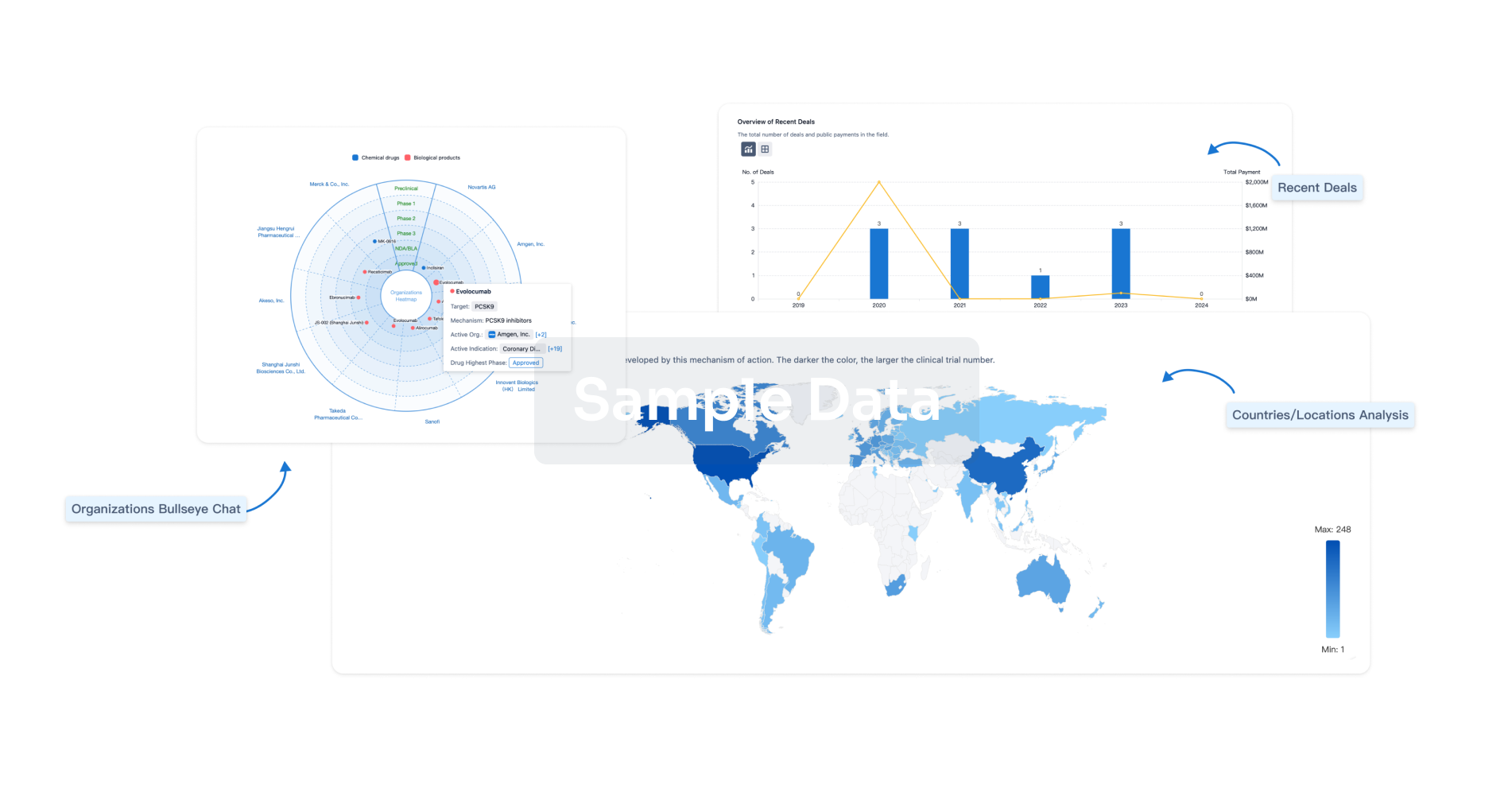Request Demo
Last update 08 May 2025
CD8 x CD11a
Last update 08 May 2025
Related
1
Drugs associated with CD8 x CD11aTarget |
Mechanism CD11a antagonists [+1] |
Active Org. |
Originator Org. |
Active Indication |
Inactive Indication- |
Drug Highest PhasePhase 1 |
First Approval Ctry. / Loc.- |
First Approval Date20 Jan 1800 |
100 Clinical Results associated with CD8 x CD11a
Login to view more data
100 Translational Medicine associated with CD8 x CD11a
Login to view more data
0 Patents (Medical) associated with CD8 x CD11a
Login to view more data
414
Literatures (Medical) associated with CD8 x CD11a01 Mar 2025·Developmental & Comparative Immunology
Phenotypes of porcine blood CD8β T cells and their capacity for IFN gamma production in the context of PRV vaccination
Article
Author: Álvarez, Belén ; Ezquerra, Ángel ; Domínguez, Javier ; Revilla, Concepción
01 Feb 2025·European Journal of Immunology
TOX Does Not Drive Sepsis‐Induced T‐Cell Exhaustion
Article
Author: Qin, Yingyu ; Qian, Yilin ; Liu, Shengqiu ; Chen, Rong
01 Oct 2024·ACS Nano
A Multifunctional Biomimetic Nanoplatform for Dual Tumor Targeting-Assisted Multimodal Therapy of Colon Cancer
Article
Author: Xie, Anqi ; Liang, Yongye ; Zhang, Ying ; Xiong, Mengmeng ; Wan, Hao ; Wan, Xin ; Wan, Yiqun
Analysis
Perform a panoramic analysis of this field.
login
or

AI Agents Built for Biopharma Breakthroughs
Accelerate discovery. Empower decisions. Transform outcomes.
Get started for free today!
Accelerate Strategic R&D decision making with Synapse, PatSnap’s AI-powered Connected Innovation Intelligence Platform Built for Life Sciences Professionals.
Start your data trial now!
Synapse data is also accessible to external entities via APIs or data packages. Empower better decisions with the latest in pharmaceutical intelligence.
Bio
Bio Sequences Search & Analysis
Sign up for free
Chemical
Chemical Structures Search & Analysis
Sign up for free

